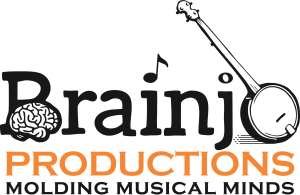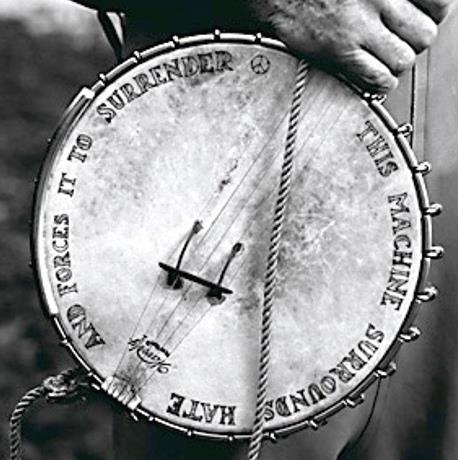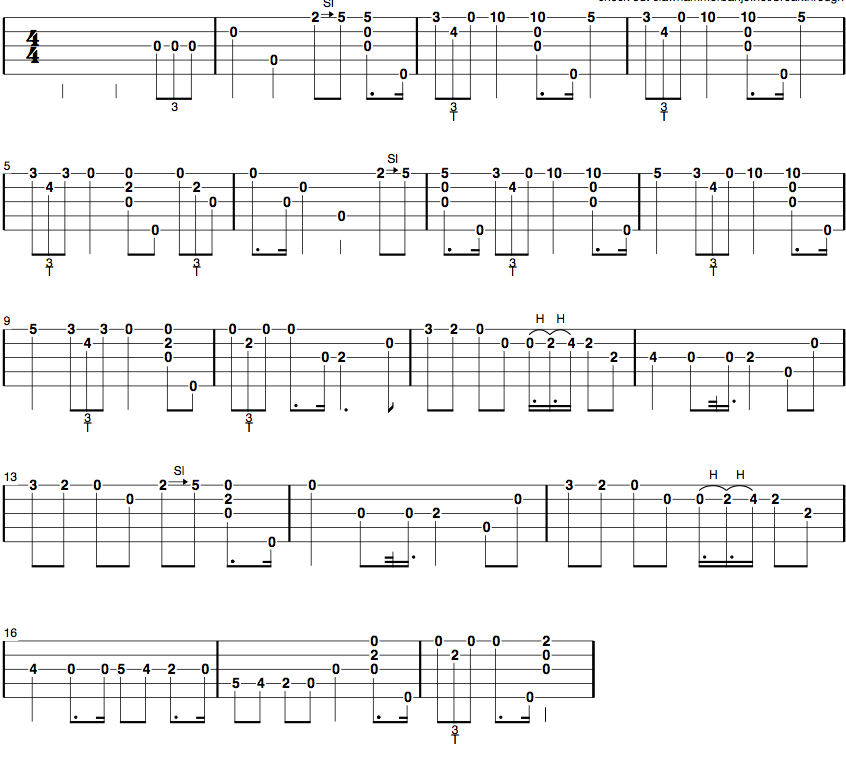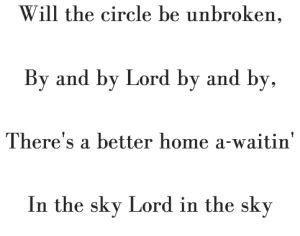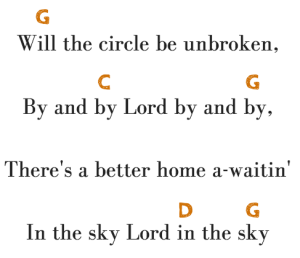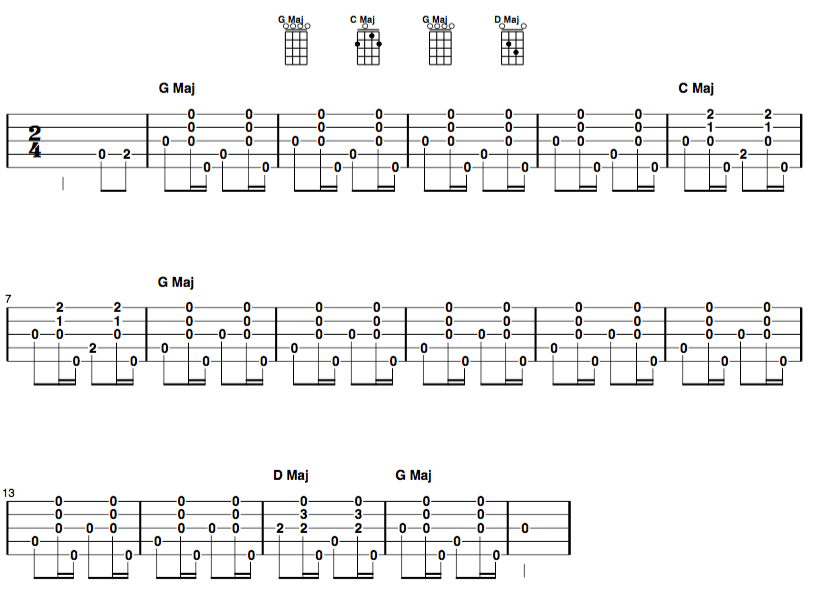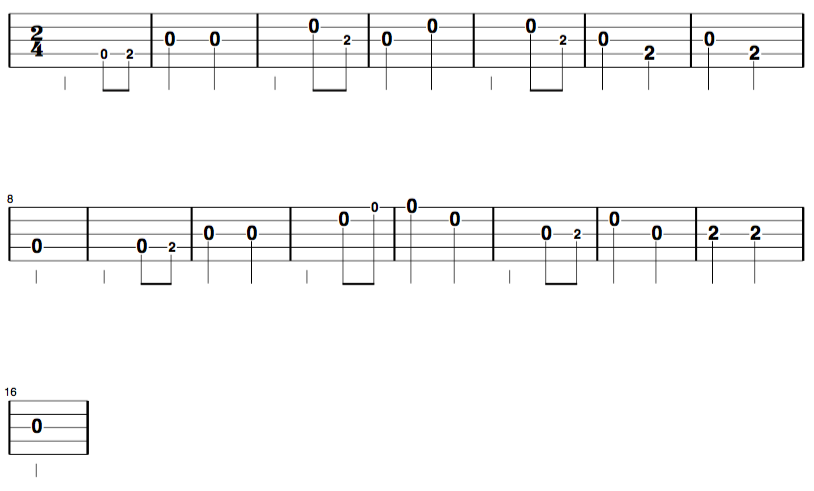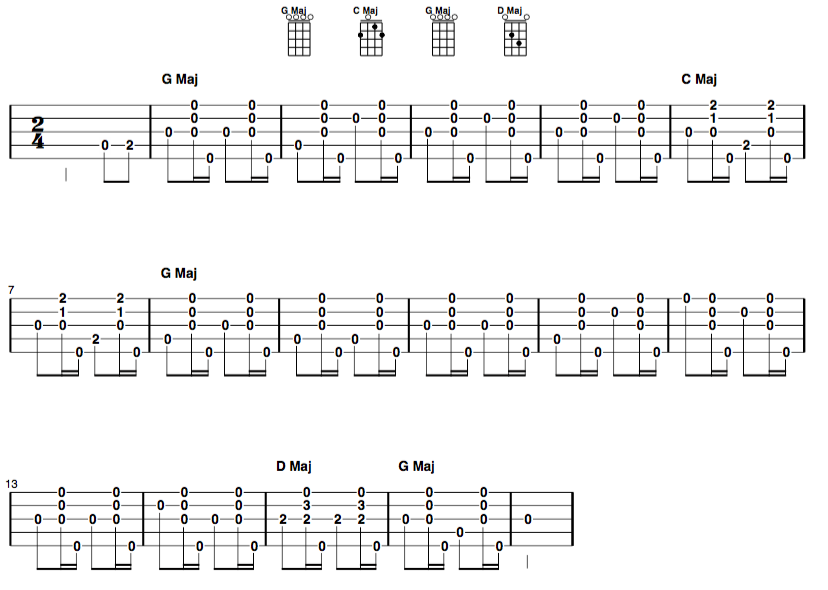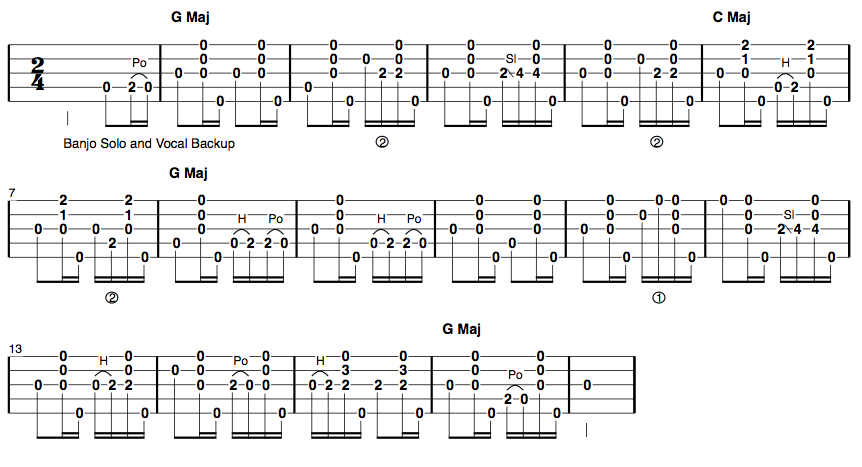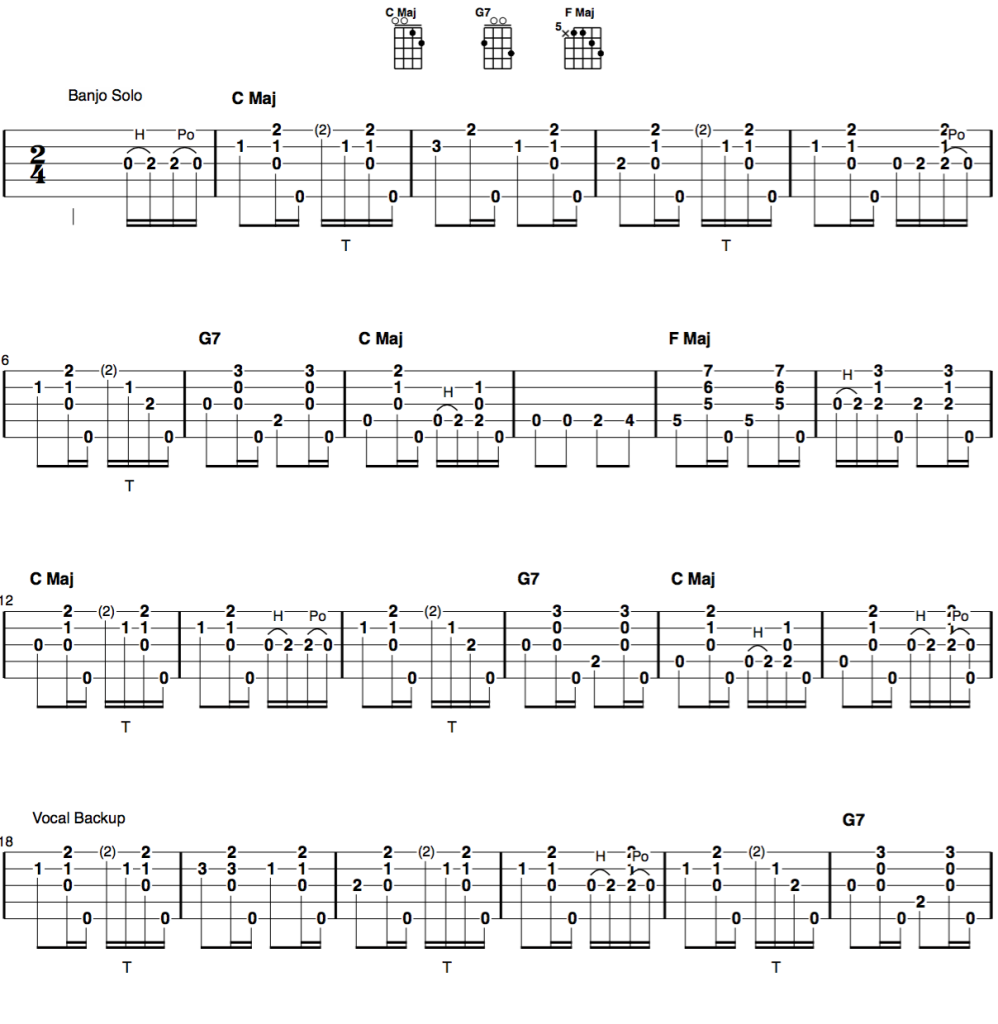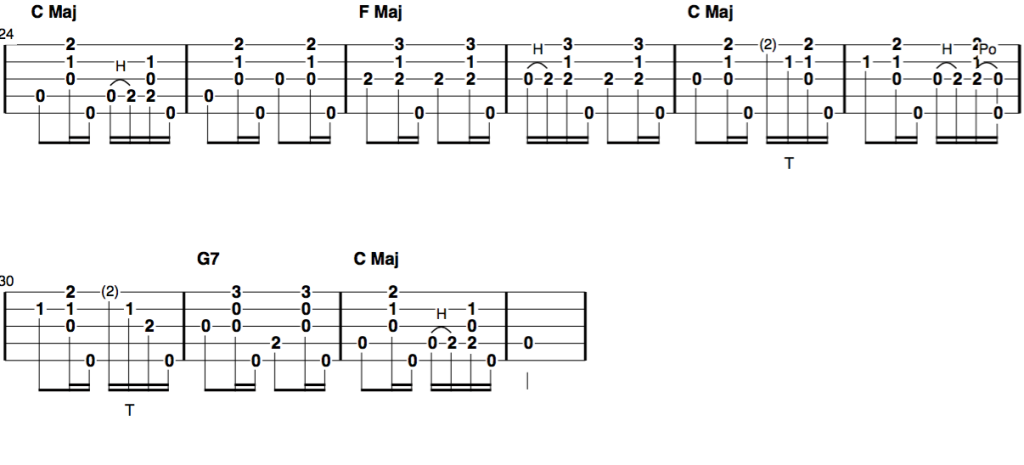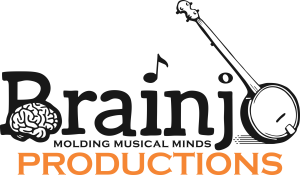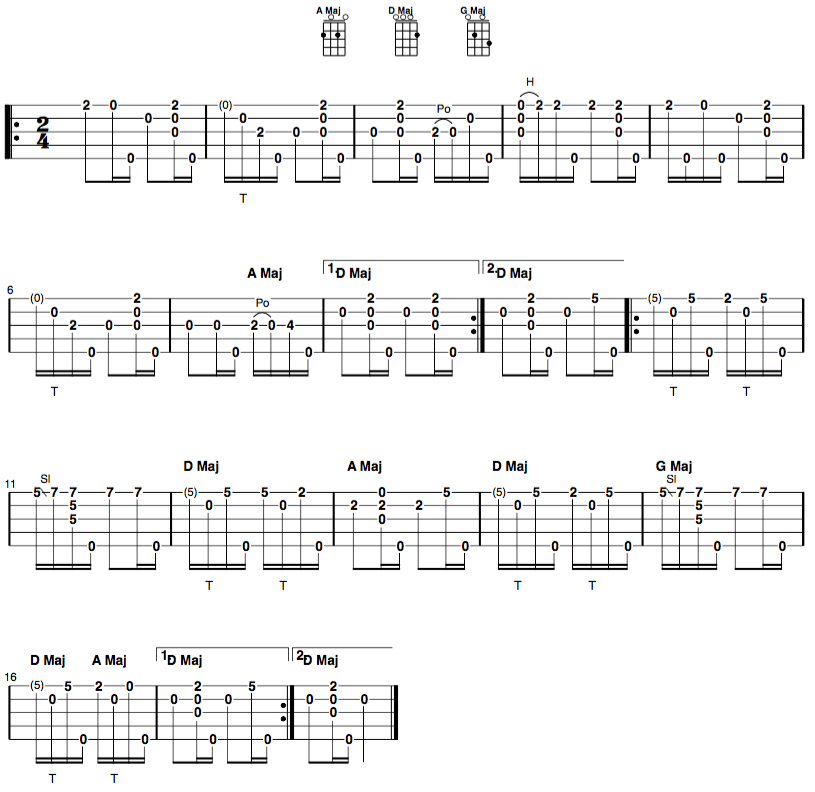Question: Is it possible to love an art form born of humble beginnings, one that evokes a primal longing for a simpler time, a time free of the distractions of modern technology, an art form that presents in full relief the best of human ingenuity and artistic expression in the face of limited means, and beloved by just a tiny (but rabid!) fragment of the total populace WHILE SIMULTANEOUSLY loving an artistic creation of popular appeal that utilizes the very latest advances in digital technology?
Answer: Absolutely!
Personally, I’m a fan of the best in human creativity and artistic expression, regardless of the form that it takes.
And Star Wars is no exception.
Unlike those parts of modern culture we could do without, the carefully engineered, dastardly appeals to our impulse for instant gratification designed to ensnare us in a loop of ever increasing consumption, Star Wars taps into something deeper.
It’s a classic story, the framework for which is likely wired into our DNA, told in a way that showcases just how much we’ve accomplished as a species through the power of our collective intellect.
Put another way, I really, really like Star Wars. It was the mythology of my childhood, after all.
Play the first 3 notes of the theme song, and I’m all in.
And even if you yourself aren’t a fan, I imagine there’s a child or grandchild in your life who is. Based on my own kids’ reaction to my rendition, this is likely to be the most well received banjo tune you’ll ever play for them.
Also, if you’re wondering why Storm Troopers might hate the banjo (watch the video to the end if you don’t know what I’m referring to), I think Pete Seeger’s banjo head sums it up nicely:
Star Wars Theme
gCGCD tuning, Brainjo level 3-4
Notes on the Tab
Being a tune well outside the traditional clawhammer banjo repertoire (!), there are rhythms here you may not be accustomed to playing. Though I’ve done my best to represent them in the tab, the best thing to do is to get them in your head by listening to the tune, then consulting the tab.
For more on reading tabs in general, check out this complete guide to reading banjo tabs.
Level 2 arrangements and video demos for the Tune of the Week tunes are now available as part of the Breakthrough Banjo course. Learn more about it here.
View the Brainjo Course Catalog
